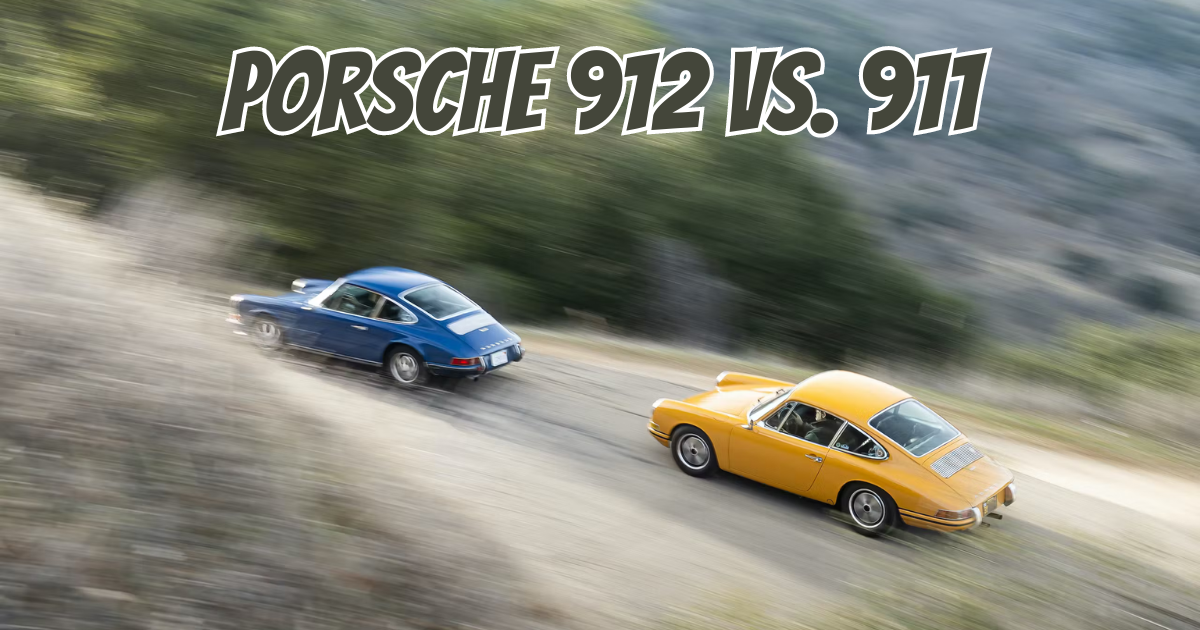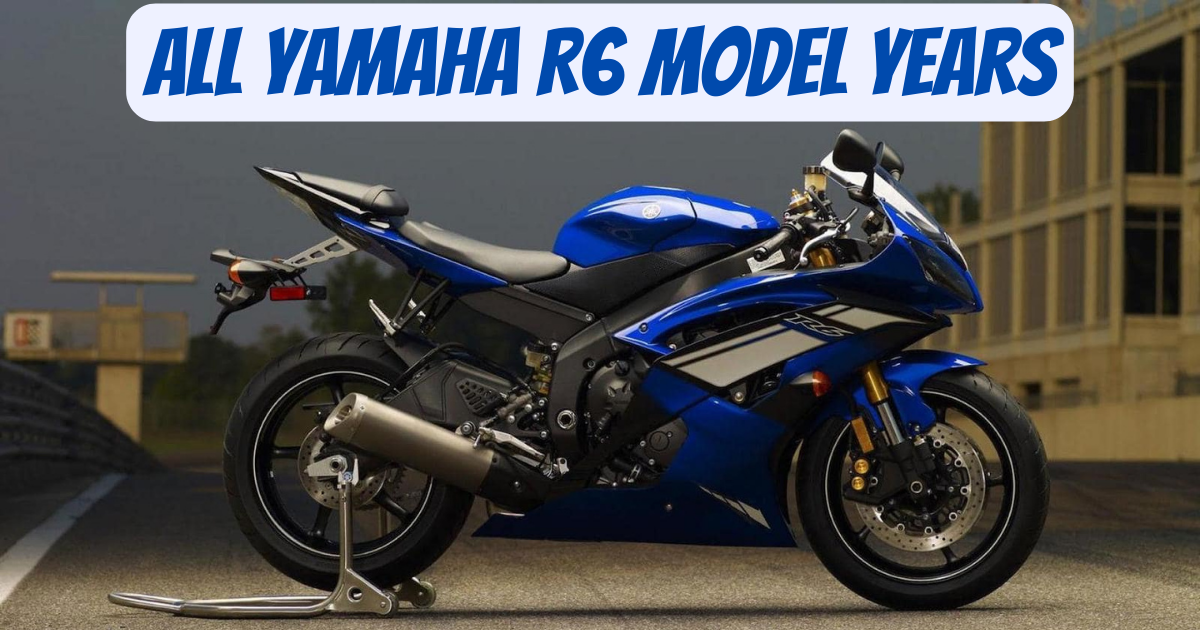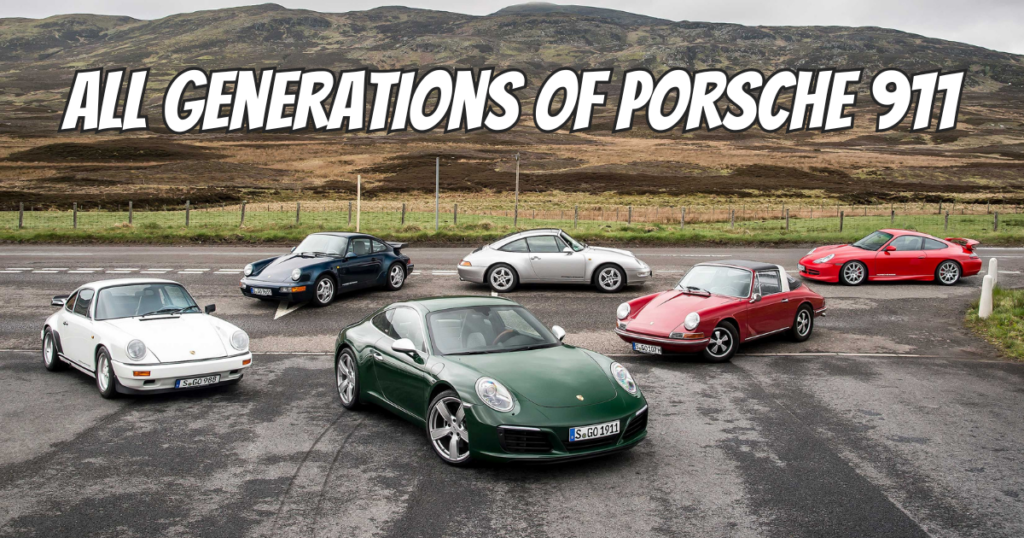
With a production history spanning over 60 years, the Porsche 911 has become the standard for a sports car. The design has stayed surprisingly consistent over this time, with the most recent 992 model still clearly identifying itself as a 911.
But mechanically, except for the 2+2 seating arrangement and the rear-mounted flat-six engine, not much has changed throughout the model’s lengthy and distinguished career. In this article, we’ll take a look back at the history of the Porsche 911 and examine its most remarkable technological features.
The Early Years (1963-1973)
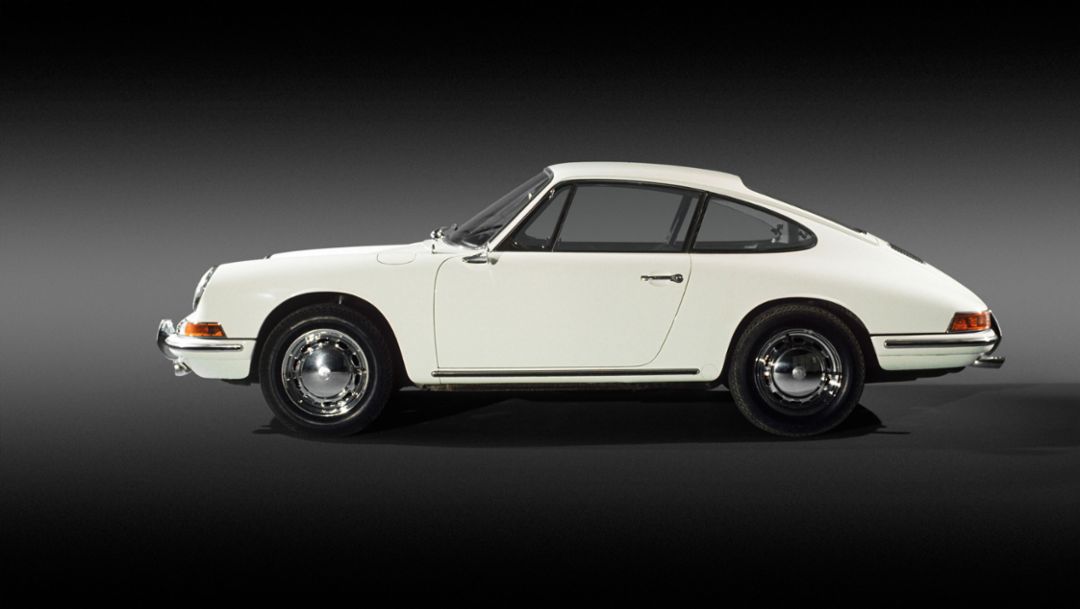
The 1963 901 concept marked the beginning of a production run that even Porsche most likely didn’t anticipate lasting six decades, let alone surpassing it. The name was altered from 901 to 911 to avoid any possible feuds with Peugeot, something trivia buffs would appreciate.
It was intended to be a more spacious and useful 356 with an additional set of seats. As a result, critics were eager to point out its lack of focus. Early 911s had two-liter engines that could only produce 130 horsepower, but they were extremely heavy. In the next ten years, engine sizes and power levels got bigger, and the 210bhp 2.7 Carrera RS may have been the most sought-after early 911.
The G-series (1973-1989)

Each new 911 was given a code name based on a letter of the alphabet. However, it wasn’t until the G model that there were clear differences in style and technology, marking the start of a new generation.
The G-Series also had a lengthy run; it made its debut in 1973 and was replaced in 1989. The most notable change that occurred during this time was the addition of turbocharging to the 911. The Turbo model debuted in 1975 and had 260 horsepower going to the back wheels. However, turbochargers were reserved for the fastest 911s back then.
The 964 (1989-1994)

It came out at the very end of the 1980s with a bunch of new technology but a slightly updated look. Its internal codename was “964”. It was 85% brand-new. New technological features such as four-wheel drive, power steering, anti-lock brakes, and airbags were also introduced.
Although its design is now thought to be the least appealing in 911 history, used copies of these may be found for incredibly low prices. While many are being utilized as Singer product donor cars, the value of the stripped-down 964 RS is skyrocketing due to its status as one of the most focused 911 products ever.
The 993 (1994-1998)
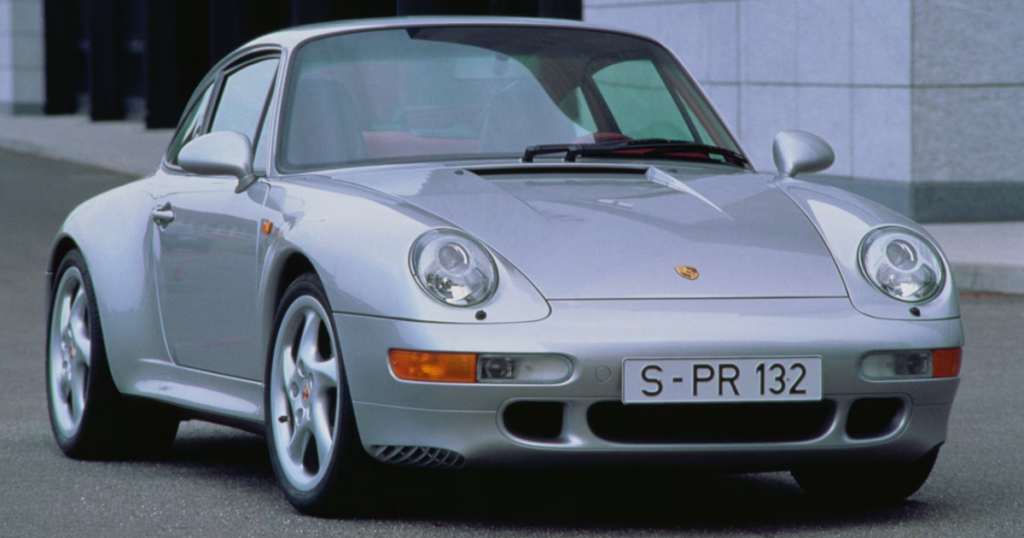
Porsche’s internal model codes will remain our standard. They are not only widely recognized among automotive enthusiasts but also serve to prevent confusion. Just five years after the 964, the 993 was released, and many Porsche enthusiasts still believe it to be the most beautiful and well-chosen model.
It was the final 911 with an air-cooled engine and debuted the GT2, which is arguably the easiest 911 ever to drive. Even though the badge has been used since then, the original may have best shown how the 911’s widely strange rear-engine layout made people want to ride on the back of cars. That’s probably why it was called the “Widow Maker.”
The 996 (1998-2001)
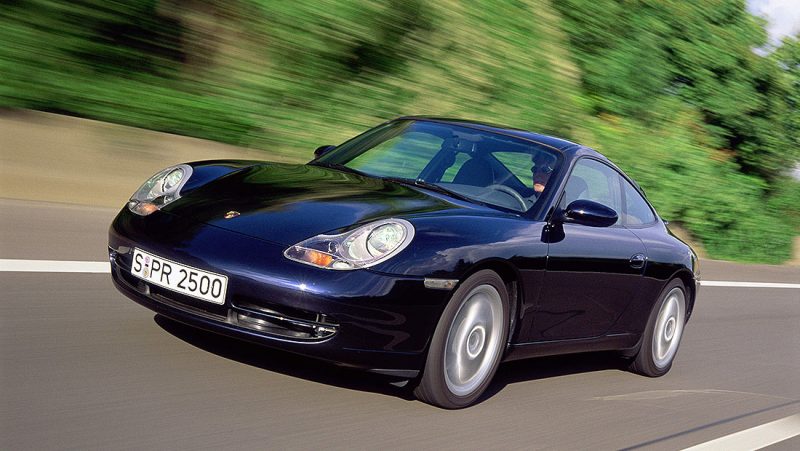
When the water-cooled 996 arrived in 1998, fans of the beloved 911 generation expressed discontent and declared that the car had lost its charm. This sentiment has been a recurring issue with newer 911 models and the demanding Porsche enthusiasts they have attempted to win over.
People who didn’t like the changes to the hardware probably didn’t like the changes to the way the 911 looked. It got its first big style change, making it look more like the cheaper Boxster and notably lacking elliptical headlights, which some might find shocking.
The 996 also served as a marker for the exponential growth in 911 variants, but that’s not always a bad thing—especially when it happens to coincide with the introduction of the first GT3.
The 996.2 (2001-2004)
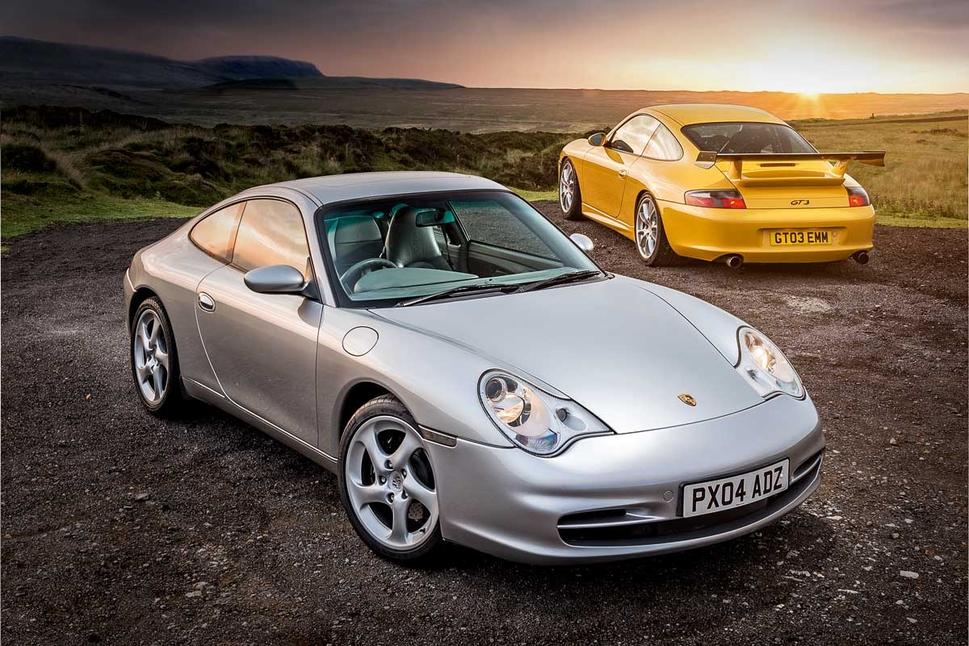
Water-cooled 911s also initiated the trend of large mid-life improvements. Although it was not quite as fashionable as its predecessors, the 996 got a major facelift in 2001 in an effort to win over those who had been critical of its design. It also has a revamped interior and a new glass-roofed Targa variant.
Another 911 GT2 made its debut with the second generation of the 996; it was less clumsy than its Nineties antecedent, but it was still a turbocharged, 196 mph (315 kph) 911 without the security of four-wheel drive.
The 997 (2004-2008)

As the fourth generation of the 911 debuted in 2004, round headlights quickly made a successful return. The design was similar to that of the 996 in general, but its detailing was more intricate. All had more than 300bhp, and a new GT2 broke new ground with 530 bhp.
However, people once again complained that the 997’s debut signaled a loss of character, this time over the 911’s less engaging handling and the 997’s improved traction, which they said made the car less thrilling.
The 997.2 (2008-2011)

Although the revised 997’s appearance hardly changed, more significant changes had been made behind the scenes. The introduction of the PDK twin-clutch transmission and more efficient direct injection engines were the initial steps toward 911s that were more eco-friendly. Though not awe-inspiring at first, the double-clutcher’s advantages over the clunky Tiptronic automatic became evident when Porsche equipped it with appropriate paddles.
The incredibly powerful 611-bhp GT2 RS was the 911’s most powerful car until recently. The GT3 RS 4.0, which is probably the best 911 ever, also came out in this generation. It makes sense why its successor had such a difficult time.
The 991 (2011-2015)
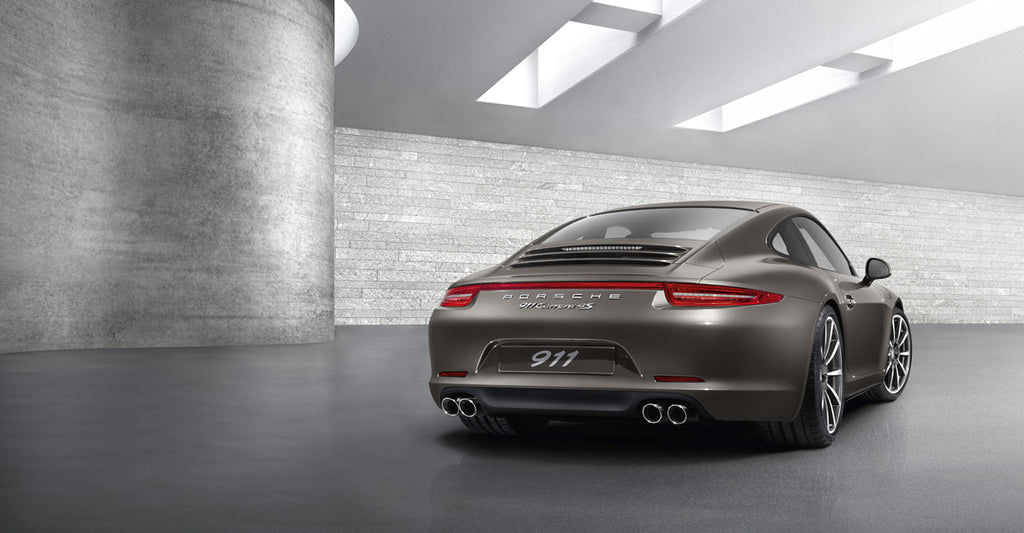
Even though it was dubbed the most beautiful 911 in decades when it debuted in 2011, the 991’s innovative electronic steering system was the subject of much controversy.
However, there are plenty of things to divert your attention from it, such as the bonker GT3 RS and the wonderfully new round-edged GT car character in the standard Carrera models. And the Targa is back in style. It will be remembered as the final 911 with a naturally aspirated Carrera engine that revs to the moon.
The 991.2 (2015-2018)

The 991’s major upgrade introduced 3-liter flat-six turbo engines to the Carrera models, guaranteeing that all models (apart from the GT3 and GT3 RS) generated their power through forced induction.
At first, the move upset purists, but so did electric steering, PDK, water cooling, and a lot of other things. In addition to the 991.2’s swan song, the 991.2 saw some major events, such as the one millionth 911, the release of the most potent 911 to date, the 691 bhp GT2 RS (along with some ‘Ring records), and the introduction of two new variants, the beautiful Carrera T and the even more beautiful 935 track special.
The 992 (2018 onwards)
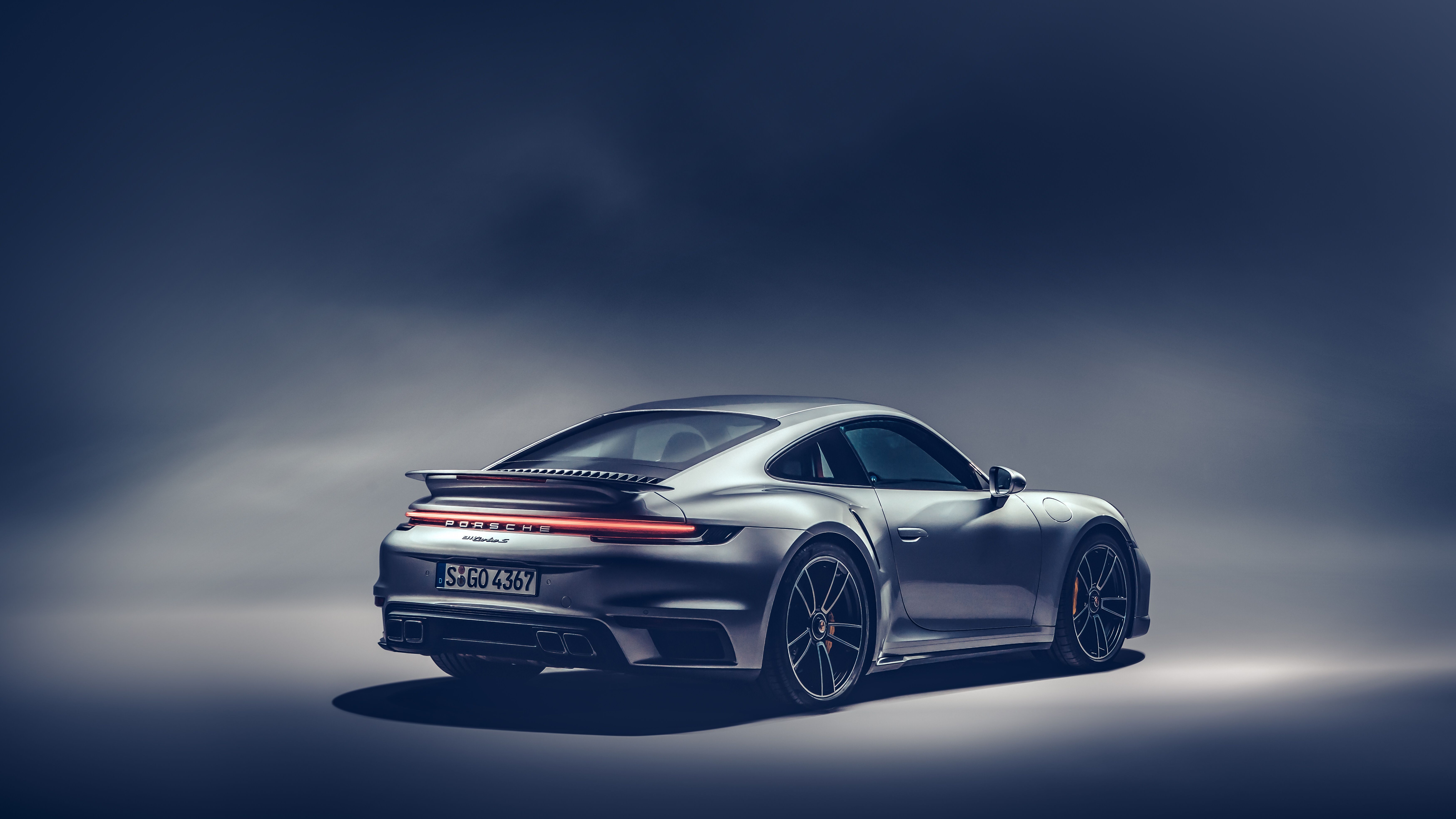
At first glance, it’s different. While the overall shape is unchanged, the long light bar in the rear and the inclusion of full track widths across the board (not just in the four-wheel-drive and racing models) represent a significant stylistic leap forward.
Currently, the Carrera variants maintain the same 3-liter flat-six turbo engines, but they have more power and lower emissions due to Porsche’s innovative design. However, this might be the first 911 generation to use hybrid technology.
Conclusion
With every new generation of the Porsche 911, many firsts for the industry are introduced, cementing the car’s reputation as a symbol of innovation. Now it’s time to pick your favorite generation of this superb German sports car. To help with that, we have analyzed and compared all the Porsche 911 generations in detail. We hope this guide will answer all your questions regarding the different generations of Porsche 911.

